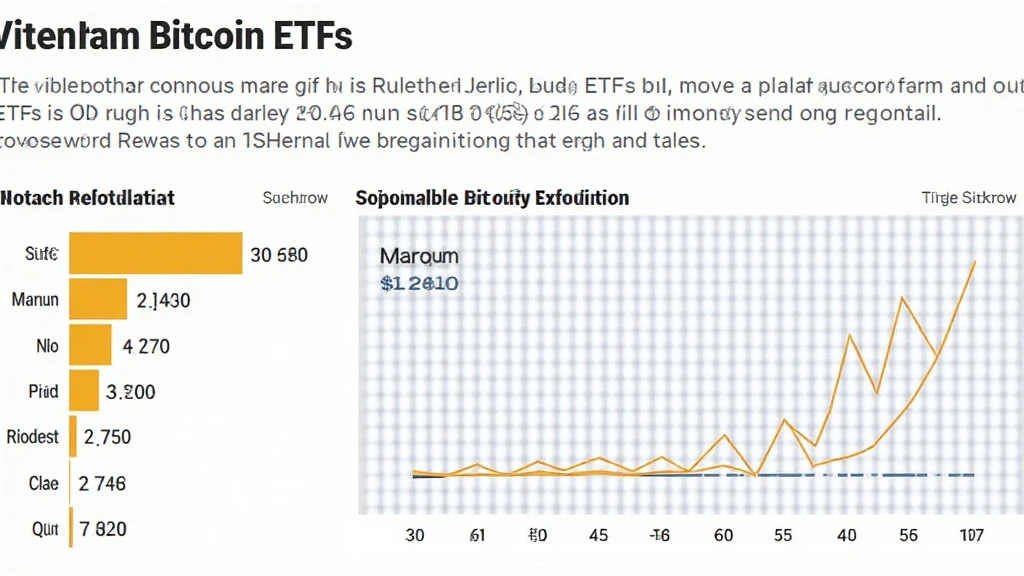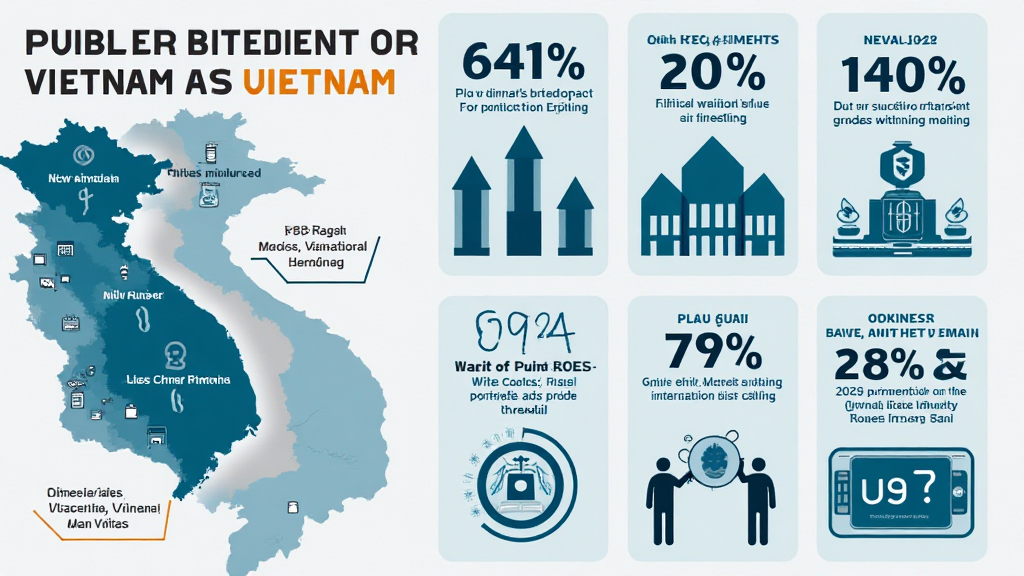Introduction
In the past decade, the Vietnamese economy has experienced rapid growth, with an average GDP growth rate of over 6% annually. With increasing confidence in emerging markets, many investors are looking to diversify their portfolios by exploring various trading strategies specific to the Vietnam bond market. As we delve deeper into this topic, you’ll learn how to make informed decisions that can enhance your investment outcomes.
Understanding the Vietnam Bond Market
The Vietnam bond market is a dynamic part of Southeast Asia’s financial landscape. This market has grown significantly, with a reported total bond issuance reaching around $49 billion in 2022. This growth is attributed to the government’s efforts to mobilize resources for infrastructure projects and economic development.
Investing in Vietnam bonds can be seen as a safe haven with lower risks compared to other investment avenues. However, understanding the intricacies of these instruments is crucial. Here are several key components of the Vietnamese bond market:

- Government Bonds: Often seen as the safest investment due to government backing.
- Corporate Bonds: These instruments can offer higher yields but come with increased risks, especially in a rapidly changing economic environment.
- Foreign Participation: The Vietnamese government encourages foreign investments, resulting in increased liquidity and market depth.
Key Trading Strategies for Vietnam Bonds
1. Yield Curve Analysis
Understanding the yield curve is essential for any bond investor. A normal yield curve indicates that longer-term bonds yield more than short-term ones, reflecting the risk associated with time. Conversely, an inverted yield curve signals potential economic downturns. Here’s how to approach yield curve analysis:
- Regularly review the curve trends and adjust your portfolio accordingly.
- Consider duration risk when investing in long-term bonds.
- Use the yield spread to identify undervalued securities.
2. Monitoring Economic Indicators
To make well-informed trading decisions, keep an eye on key economic indicators, such as:
- Inflation Rate: Inflation expectations can significantly impact interest rates and consequently bond yields.
- GDP Growth: A robust GDP growth rate can lead to increased bond issuance and demand.
- Foreign Direct Investment (FDI): A surge in FDI often leads to higher confidence in the local economy, influencing bond market dynamics.
3. Diversifying Your Portfolio
Diversification is a practical strategy to reduce risks. Investors are encouraged to diversify not only within the Vietnam bond market but also across different asset classes. Consider including:
- Different types of bonds (government, municipal, corporate)
- International bonds to hedge against local risks
- Equity investments to balance fixed-income securities
4. Staying Updated with Regulatory Changes
The Vietnamese government regularly updates financial regulations. It is essential to stay informed about these changes to maintain compliance, as well as to seize new opportunities in emerging sectors:
- Subscribe to local financial news outlets to get timely updates.
- Engage with local regulatory bodies to understand new legislation.
5. Utilizing Market Analytics Tools
In the digital age, a wealth of market analysis tools can offer valuable insights. Strategies include:
- Using platforms like hibt.com for real-time market data and analytics.
- Engaging automated trading systems that utilize AI to assess market conditions.
The Growing Demand for Vietnamese Bonds
As international investors increasingly recognize Vietnam’s economic potential, demand for local bonds is likely to surge. According to a report from the Vietnam Bond Market Association, the total outstanding bonds reached nearly VND 1 quadrillion (over $43 billion) by the end of 2023.
This upward trend is supported by:
- A young demographic: With 60% of the population under 35, the demand for diversified investment products is on the rise.
- Infrastructure Development: Major projects require substantial funding, driving bond issuance.
- Stable Political Climate: The government’s commitment to economic reforms promotes investor confidence.
Conclusion
As the Vietnam bond market continues to evolve, understanding effective trading strategies becomes crucial for maximizing returns. From yield curve analysis to staying informed about regulatory changes, these strategies not only position you well within the local market but also help you navigate global investment trends.
With the right tools, a robust understanding of the market dynamics, and a focus on diversification, investors can capitalize on opportunities that come with investing in Vietnam’s bond market.
In summary, embracing these Vietnam bond market trading strategies can significantly enhance your portfolio performance while allowing you to contribute positively to Vietnam’s economic growth.





